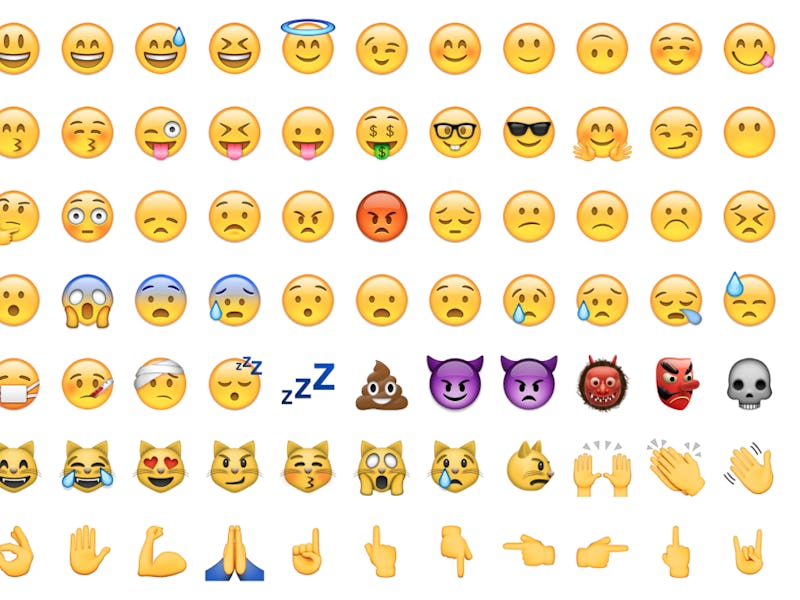Emojis have more or less taken over the English language. No text or tweet can really be thought complete without a little 😂🔥😀 to drive home the message.
Now, one of the last bastions of the written words has finally gone over to the light side — a new programming language employs emoji to run commands and make programs.
And emojicode is not a superficial language either. It’s a high-level programming language that supports cross-platform applications and executes commands faster than a typical virtual processor. In the words of its creators:
Emojicode is a delimiter-less, object orientated, imperative, high-level, hybrid language. Its language fix points and methods are emoji. Emojicode has a focus on integrating systems well, being Unicode compatible, and providing a stable and consistent interface.
You may still need traditional text to set variables, but the language is remarkably emoji-proficient. However, reading the how-to guide takes you down something of a rabbit hole of bizarre sentence structure and half-emotion, half-technical application confusion.
This is the minimum structure every program must have. 🐇 🐼 🍇 defines a class called 🐼. 🐇🐖 �➡️➡️ 🚂 🍇 defines a class method called 🏁, which returns 🚂, an integer. 🍎 0 returns the value.
There is a certain amount of logic in the way the program uses emoji. For example: “When a program is run, the class method 🏁 is called to start the program.” That makes sense: A racing flag signals “Go.”
On the other hand, we’re not sure what to make of a sentence like this one: “🐋 🔡 🍇 says: Extend the class 🔡 (That’s the string class). 🐖 🐷 ➡️ 🔡 declares a method called 🐷 and returning an instance of the 🔡 class.”
